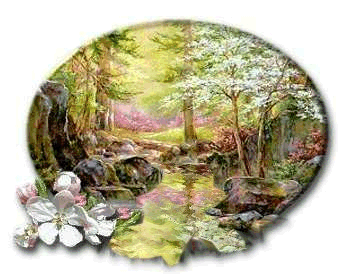A folklore festival, which in a sense represents the autumn , is dedicated to a typical product of this season in our area: the chestnut.
The video belove shows the feast of chestnuts in Rionero in Vulture
At the chestnut are also devoted many proverbs and riddles. One of these is as follows

The night between October 31 and the first November we celebrate Halloween. Although the festival of Halloween historically belongs to the Anglo-Saxon countries, from some years is spreading in Italy the custom of celebrating tonight embraces. Festivals and masked balls are organized a bit everywhere to evoke the atmosphere of macabre spirits of the dead who wander the earth.In our school teachers and students decorated classrooms with the symbols of Halloween.
ALL SAINTS DAY AND THE COMMEMORATION OF DECEASES

All Saint day is celebrated in honor of all the Catholic Saints and Martyrs. It is also a time to reflect on those who have passed in general, a Memorial Day of sorts.
The day of the dead is the holidays that the Catholic Church dedicated to the commemoration of the dead.
It is a time to remember the deceases,a day of religious significance, which fuse with ancient rites and folk beliefs. The festival has ancient origins Ancient civilizations already celebrated the feast of the ancestors or the dead in a period that fell just between the end of October and beginning of November. This date seems to relate to the period of the Great Flood described in Genesis, the Flood that Noah built the ark that, as the story of Moses, fell in the seventeenth day of the second month ", which correspond to our November. The Day of the Dead thus was born in "honor" of people that God had destroyed, to exorcise fear of new events.
A pattern recurs in the folk traditions of the feast of the dead: the belief that in this day missing loved ones come back to visit us on earth. For this reason, the rites of commemoration took throughout Italy meanings and purposes like: welcome, comfort, soothe the souls of dead ancestors.
In many countries of Basilicata there are still traditions and beliefs regarding the dead during the day on 2 November. According to an ancient custom in my country, the night before on 2 November, was used in homes prepare a table for lunch, with all the dishes, bread and the cup of water.It is believed that on this night brought the dead from their graves to visit their homes and their relatives, and want eat at the banquet that they are prepared. On the same night, also was preparing a custom tray full of water on a table, sit in the family and watch the procession of their dead loved ones reflected in that water. Also we were preparing the dishes as cooked chestnuts or the "grain of the dead," a cake made with cooked wheat and pomegranate Vinçotte. The grain is the symbol of death and rebirth cycle. The pomegranate is an ancient tradition of tree mentioned in the Bible and was sacred to Juno and Venus. The painters of the Renaissance put the pomegranate in the hand of Jesus On bring the candles on the window sill and are held until they are consumed. Candles light up in the church cemetery in memory of all the dead, even those who do not know. The cult of the dead in my country, begins a week before the feast of All Saints: it goes to the cemetery to clean the graves and to Ognissanti the day you go to Mass and the cemetery in the afternoon: we bring flowers to all the dead, then Afternoon you go to the cemetery in procession with the pastor and pray at the tombs of the dead . The next day, they celebrate Mass at the cemetery in memory of all the dead.


















